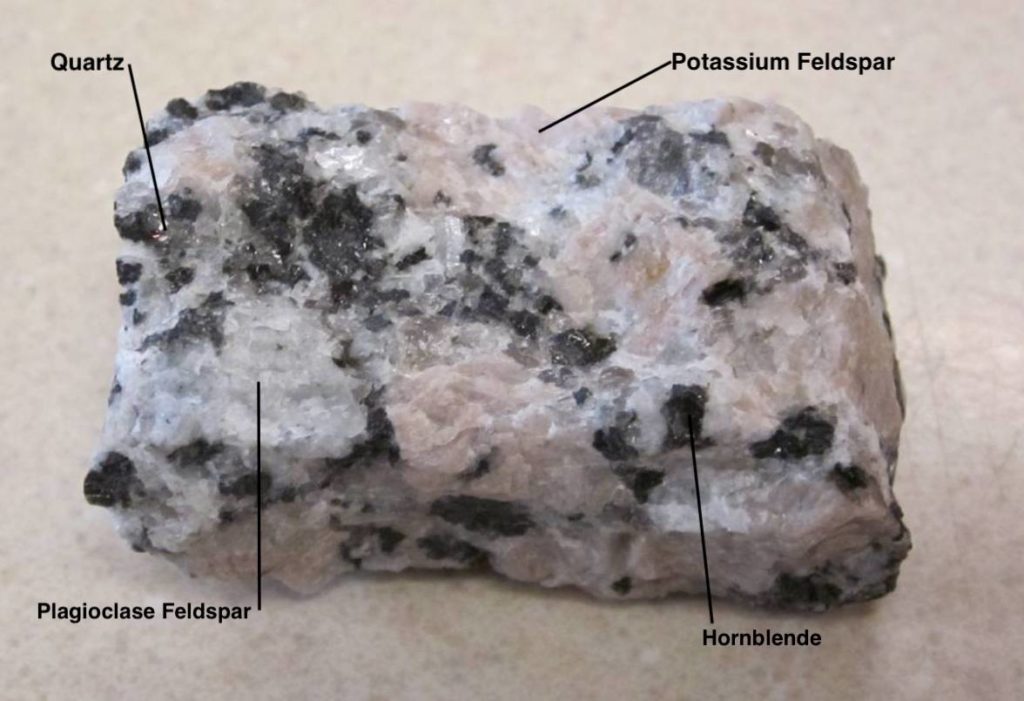The Distinction Between Stones, Minerals, and Rocks: Unveiling the Geological Complexity
2 min read
In the realm of geology, the classification and understanding of stones, minerals, and rocks are fundamental. While these terms are often used interchangeably in everyday language, they possess distinct characteristics and play unique roles in the Earth's composition. This article aims to unravel the intricate relationship between stones, minerals, and rocks, shedding light on their individual identities and the factors that differentiate them.
- Defining Stones:
Stones are solid, naturally occurring substances that have been shaped by geological processes. They are typically composed of minerals and can range in size from tiny pebbles to massive boulders. Stones can be found in various environments, such as riverbeds, mountains, and deserts. Their formation can be attributed to factors like erosion, weathering, and volcanic activity. While stones can contain minerals, they are not synonymous with minerals themselves. - Understanding Minerals:
Minerals, on the other hand, are the building blocks of rocks and stones. They are naturally occurring, inorganic substances with a specific chemical composition and crystal structure. Minerals are formed through geological processes, including crystallization from molten rock, precipitation from water, or deposition from biological processes. Each mineral possesses unique physical and chemical properties, which allow geologists to identify and classify them. Examples of minerals include quartz, feldspar, and calcite. - Unveiling Rocks:
Rocks are aggregates of minerals or mineraloids, which are naturally occurring, solid substances. Unlike stones, rocks are composed of multiple minerals and can vary greatly in size and composition. They are classified into three major types: igneous, sedimentary, and metamorphic rocks. Igneous rocks form from the solidification of molten material, sedimentary rocks result from the accumulation and lithification of sediments, and metamorphic rocks arise from the transformation of pre-existing rocks under high pressure and temperature. Each rock type has distinct characteristics and provides valuable insights into Earth's geological history. - Differentiating Stones, Minerals, and Rocks:
To summarize, stones are solid substances shaped by geological processes, minerals are the individual components of rocks and stones, and rocks are composed of minerals or mineraloids. While stones can contain minerals, not all stones are minerals, and not all minerals are stones. Understanding the distinctions between these terms is crucial for geologists and those interested in Earth's geological makeup.
Conclusion:
In conclusion, stones, minerals, and rocks are integral components of Earth's geological framework. Stones are the result of geological processes, minerals are the building blocks of rocks and stones, and rocks provide insights into Earth's history. By unraveling the complexities of these terms, we gain a deeper understanding of the intricate processes that shape our planet. So, the next time you come across a stone, mineral, or rock, remember the fascinating geological journey it has undergone to reach its current form.
